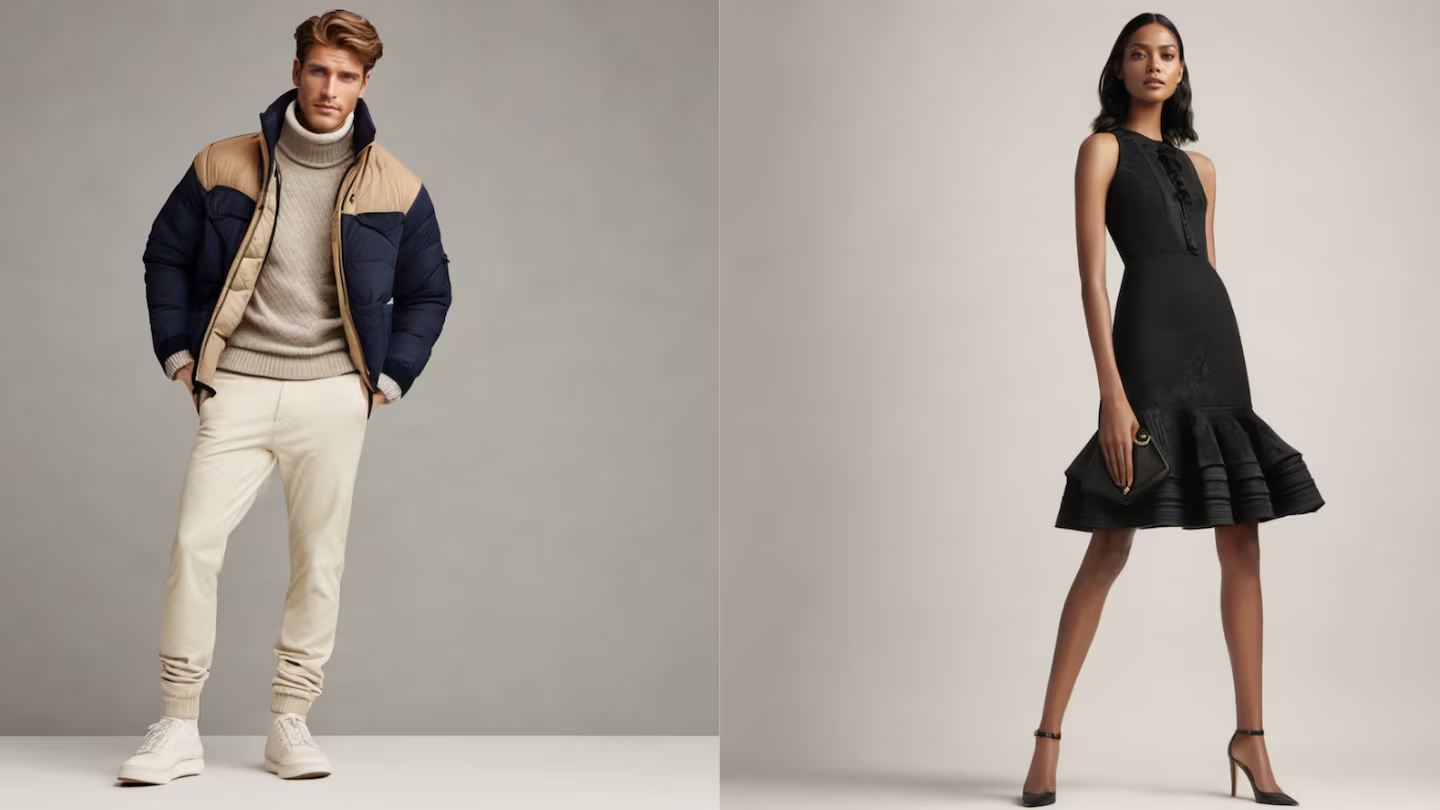The global jewelry market is a complex and highly competitive landscape where consumer preferences, cultural values, economic conditions, and purchasing behaviors vary significantly across different regions. As the jewelry industry continues to grow and evolve, global brands must adapt their strategies to account for these regional differences in order to effectively reach and engage diverse consumer segments.
Regional differences in the jewelry market influence everything from product offerings and pricing strategies to marketing campaigns, retail distribution channels, and sustainability practices. A global brand that wants to succeed must understand and navigate these differences to develop targeted, region-specific approaches. In this article, we explore how regional differences impact the strategic decisions of global jewelry brands, with a focus on key markets such as North America, Europe, Asia-Pacific, the Middle East, and Latin America.
1. The Role of Cultural Preferences and Aesthetic Values
A. Regional Aesthetics and Design Preferences
One of the most significant factors that influence the jewelry market is the diversity of cultural tastes and design preferences in different regions. Jewelry has always been a symbol of personal expression, and the way consumers in various parts of the world perceive luxury and style varies greatly.
- North America & Europe: Consumers in North America and Europe tend to favor classic, understated designs, with a focus on timeless pieces such as diamond studs, solitaire rings, and simple bracelets. The emphasis is often on quality, craftsmanship, and the heritage of the brand. In these markets, luxury jewelry is often associated with elegance, subtlety, and the ability to stand the test of time.
- Asia-Pacific: In contrast, the Asia-Pacific region, particularly countries like China, India, and Japan, has a different set of aesthetic preferences. For example, Chinese consumers tend to favor gold jewelry and pieces that incorporate red, which is considered lucky. Indian consumers often prefer heavily embellished jewelry, especially for weddings and religious ceremonies. The use of gemstones, particularly emeralds and rubies, is highly popular, and consumers are often drawn to intricate, ornate designs.
- Middle East: In the Middle East, luxury jewelry is often associated with bold, statement-making designs. Gold, particularly yellow gold, is highly prized, and consumers prefer heavily ornamented and symbolic pieces, often with intricate motifs and designs inspired by local culture. Additionally, in some Middle Eastern countries, jewelry is an important part of social status and is often gifted on major occasions.
Global jewelry brands must tailor their product offerings to align with the aesthetic values and traditions of each region. A universal design might not always resonate with consumers in a specific market, making it crucial for brands to offer region-specific collections while maintaining the brand’s overall identity.
2. Economic Factors and Purchasing Power
A. Affordability and Luxury Spending
Economic conditions and purchasing power are other key factors influencing regional strategies for global jewelry brands. Different regions have varying levels of disposable income, which impacts consumer spending on luxury goods like jewelry.
- North America and Europe: These markets have mature economies, where luxury jewelry is often seen as a significant investment rather than a mere purchase. Consumers in these regions typically have a higher purchasing power, and global jewelry brands often position themselves as status symbols. The demand for high-end, luxury pieces, such as diamonds, fine gemstones, and precious metals, remains strong. Brands may also offer high-ticket items like engagement rings and high jewelry collections.
- Asia-Pacific: The Asia-Pacific region, and especially China, has become one of the largest and fastest-growing markets for luxury jewelry. Increasing urbanization, rising disposable income, and a growing middle class have led to a surge in demand for both luxury and affordable luxury jewelry. Brands often introduce more affordable luxury lines in these markets to cater to younger consumers who desire stylish jewelry but may not yet be able to afford high-end pieces. Furthermore, with the growth of e-commerce in the region, jewelry brands must adopt an omnichannel strategy, combining online shopping with physical retail experiences.
- Middle East: In contrast, the Middle East has a relatively small but highly affluent consumer base. Luxury jewelry is seen as a status symbol, and spending on jewelry remains high among the wealthiest consumers in the region. High-end brands often tailor their collections to emphasize exclusivity and luxury, focusing on high-value pieces like diamond-studded necklaces, luxury watches, and unique designs.
- Latin America: The economic volatility in parts of Latin America means that consumer spending is often less predictable. However, Brazil and Mexico are growing markets for luxury jewelry, with consumers increasingly willing to invest in premium and designer jewelry as they seek to express their social status. Brands must be prepared to offer jewelry at various price points to meet the needs of middle-income consumers while also catering to high-net-worth individuals.
B. Pricing Strategies Across Regions
Given the varying economic conditions across regions, global jewelry brands often adopt regional pricing strategies. For example, luxury brands may charge higher premiums in developed markets like the U.S. and Western Europe, where consumers expect top-tier quality and exclusivity. In contrast, in emerging markets like India and Brazil, brands may offer more affordable luxury options or entry-level jewelry collections that cater to a broader demographic while still maintaining the brand’s image of luxury.
3. Retail Distribution Channels and Local Adaptation
A. The Shift to E-Commerce in Key Markets
As global jewelry brands seek to expand their footprint, they must adapt to regional differences in shopping habits and retail preferences. While physical retail continues to be an essential sales channel, e-commerce is becoming increasingly important across the globe, especially in Asia-Pacific and North America.
- Asia-Pacific: In countries like China and India, e-commerce has gained significant traction, with platforms like Alibaba, JD.com, and Tmall driving sales in the region. Brands like Tiffany & Co. and Cartier have developed e-commerce strategies to cater to online consumers, particularly in China, where online luxury shopping is booming. Brands must invest in local e-commerce platforms and ensure that their websites are optimized for mobile shopping, given the prevalence of mobile internet use in the region.
- North America & Europe: In contrast, North America and Europe have a more mature e-commerce market, where consumers expect both online and offline shopping experiences. Brands often adopt omnichannel strategies that combine both digital and physical touchpoints, allowing consumers to browse online and pick up in-store or vice versa. In-store experiences are often integrated with personalized services like virtual try-ons and custom design consultations to enhance the customer journey.
B. Local Adaptation in Retail Experience
While global brands may maintain a unified identity, they must also adapt their retail experience to resonate with regional consumers. In the Middle East, for example, retail stores are often designed to reflect the region’s luxurious, opulent culture, with gold accents, ornate displays, and private VIP sections for high-net-worth individuals. On the other hand, stores in Asia may feature a more minimalist aesthetic with interactive displays and spaces that cater to younger, tech-savvy consumers.

4. The Impact of Social and Environmental Factors
A. Sustainability and Ethical Practices
In regions like Europe and North America, the demand for sustainable and ethically sourced jewelry is growing. Brands must adhere to strict environmental regulations and ethical sourcing guidelines in these regions. For instance, European consumers expect full transparency about the origins of diamonds and gemstones and are more inclined to purchase from brands that offer lab-grown diamonds, recycled materials, and carbon-neutral products.
In contrast, while sustainability is still a consideration in markets like Asia and the Middle East, it is not yet a top priority for many consumers. However, with growing global awareness and changing attitudes, brands operating in these regions will need to adopt sustainable practices to stay competitive.
Conclusion: Tailoring Global Strategy to Regional Markets
The differences in consumer preferences, economic conditions, retail behaviors, and social values across regions have a profound impact on the global jewelry market. For luxury jewelry brands, understanding these regional differences is critical to crafting a successful global strategy.
To maintain a competitive edge in the rapidly evolving jewelry industry, global brands must adopt a flexible and regionally adaptive approach. Whether it’s offering customized products to suit local tastes, employing different pricing strategies to match regional economic conditions, or adjusting marketing tactics to reflect cultural values, jewelry brands must be agile and responsive to the unique needs of consumers in each market.
By recognizing and embracing the diversity of global jewelry markets, brands can better connect with consumers, expand their reach, and ensure long-term success in an increasingly globalized and dynamic marketplace.

















































